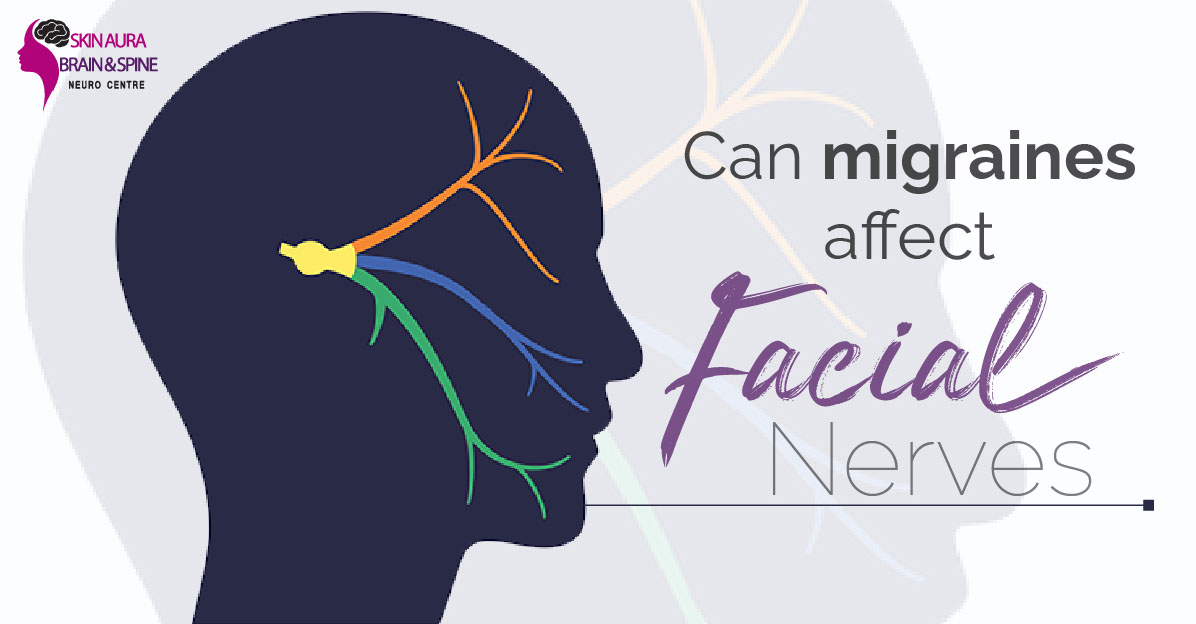Migraines are a type of headache that can be debilitating and affect millions worldwide. While the exact causes of migraines are not yet fully understood, many researchers believe there is a link between migraines and the nervous system.
To understand how migraines may affect facial nerves, know what a migraine is and how it works.
What is a Migraine?
A migraine is a neurological disorder that causes intense and often debilitating pain in the head. The pain associated with migraines can be accompanied by other symptoms such as nausea, vomiting, and sensitivity to light and sound.
Causes of Migraine
Migraines are thought to occur when specific triggers, such as stress, lack of sleep, or certain foods, cause brain changes that lead to a migraine.
What Happens When Migraine Occurs?
When a migraine occurs, it is believed to affect the trigeminal nerve, which is responsible for transmitting sensations from the face to the brain. The trigeminal nerve is the largest of the cranial nerves and is responsible for the sensation of touch, pain, and temperature in the face. When this nerve is activated during a migraine, it can cause various symptoms, including facial pain, numbness, and tingling.
Can migraines affect facial nerves?
Facial neuralgia is a condition that causes pain and discomfort in the face, typically in the areas where the trigeminal nerve is located. While facial neuralgia is not always directly caused by migraines, evidence suggests that the two conditions may be related.
There are several theories on how migraines may affect facial nerves, including the possibility that they may cause inflammation or irritation of the nerves. Additionally, some researchers believe that the intense pain associated with migraines may cause changes in the way that the nervous system processes pain signals, leading to the development of facial pain and other symptoms.
In many cases, medication such as triptans or nonsteroidal anti-inflammatory drugs (NSAIDs) can be used to manage the symptoms of migraines and reduce the likelihood of developing facial pain or other related conditions.
Lifestyle changes to cure migraine:
Additionally, various lifestyle changes can be made to help reduce the likelihood of developing migraines and related facial pain. These may include changes to diet and exercise habits and relaxation techniques such as meditation or deep breathing exercises.
Hence, migraines are a complex neurological condition that can have a wide range of effects on the body, including the potential to affect facial nerves. While the exact mechanisms behind this relationship are not yet fully understood, there is evidence suggesting that migraines may cause changes in the nervous system that lead to facial pain and other related symptoms. If you suffer from migraines or related facial pain, you must speak to your doctor about treatment options and lifestyle changes to help manage your symptoms and improve your overall quality of life.
